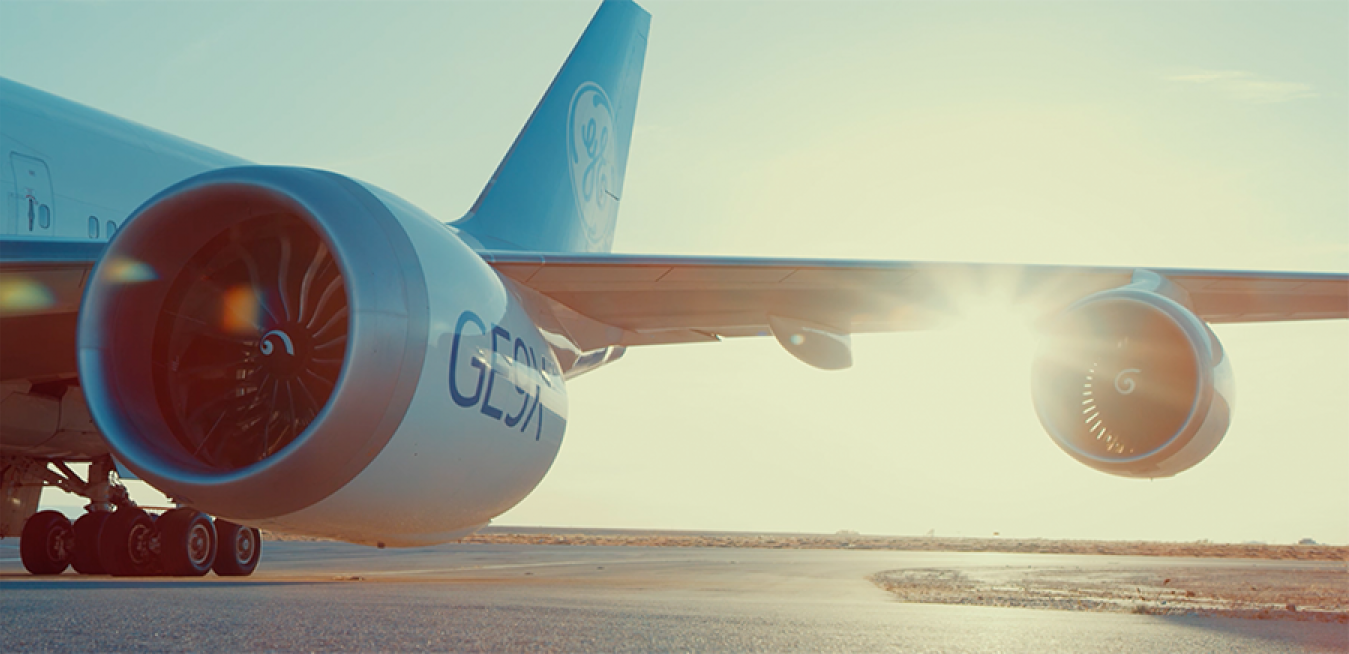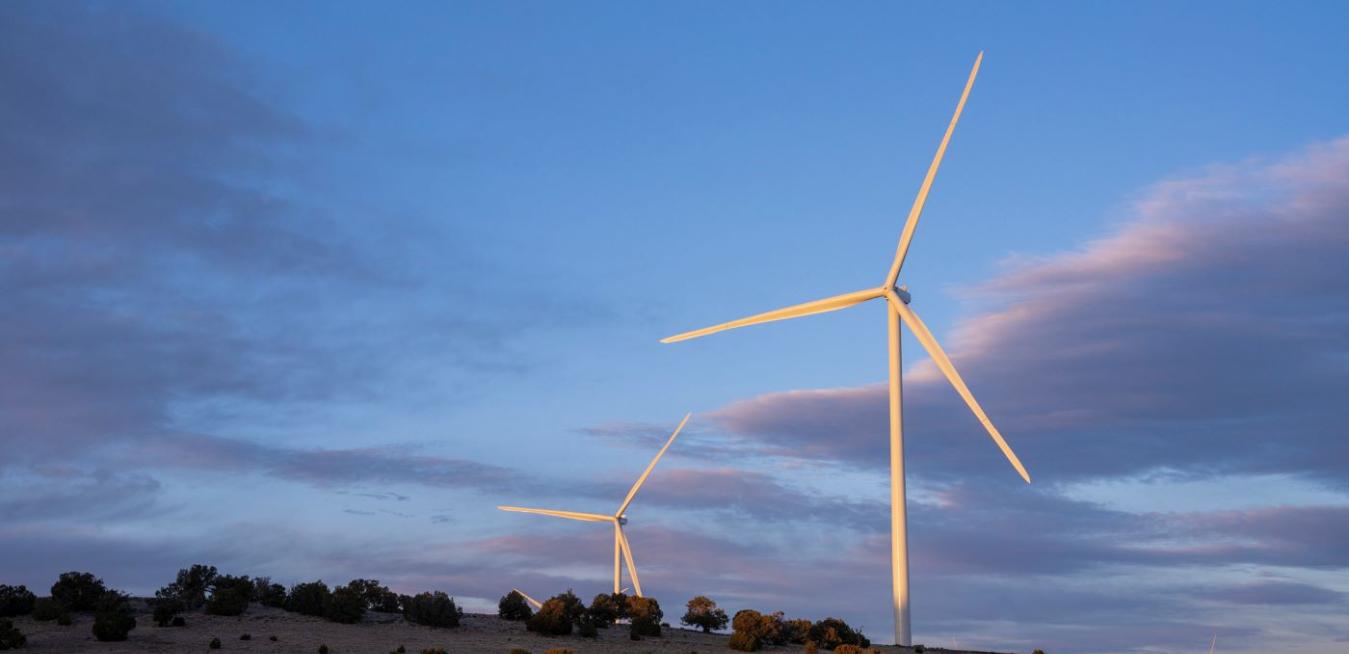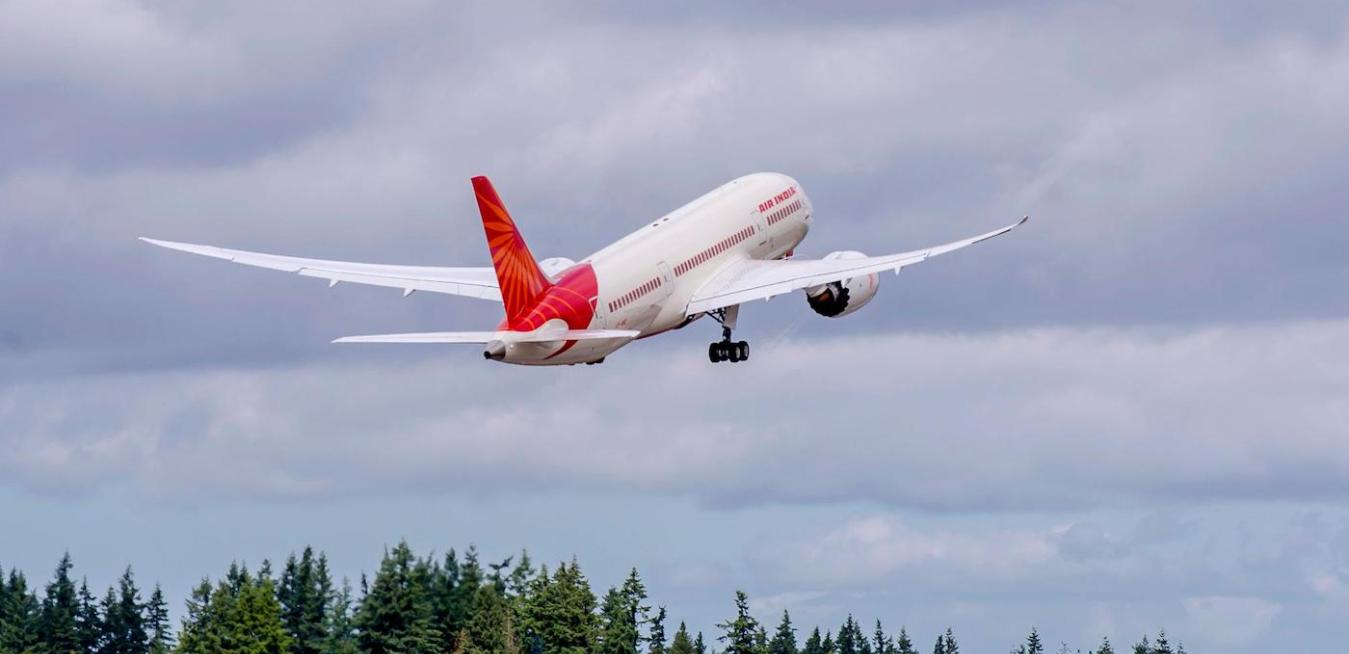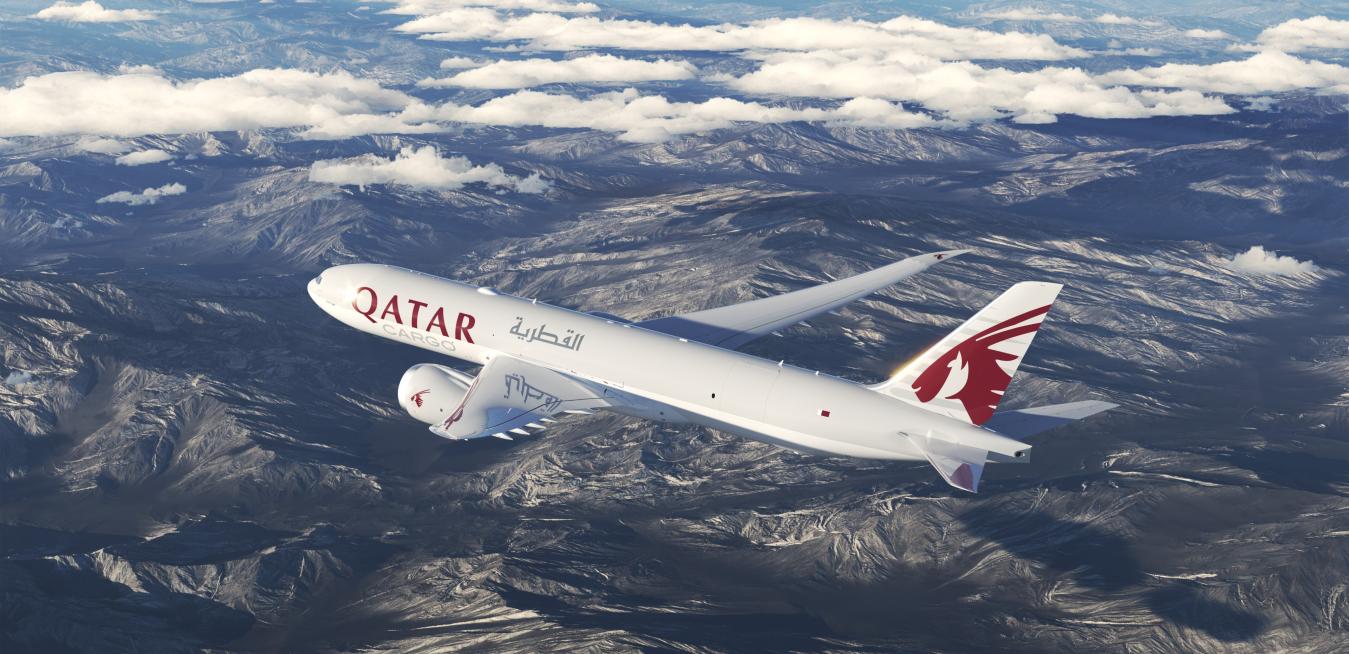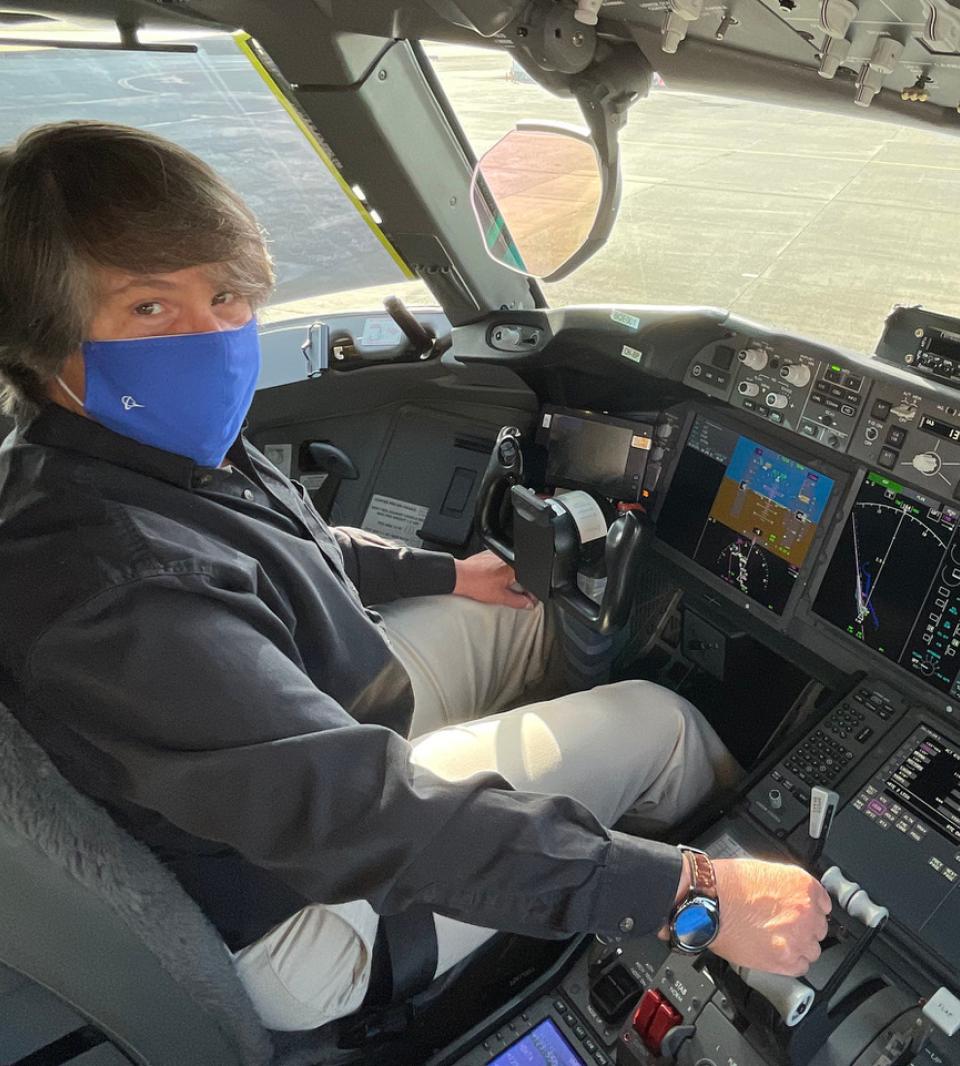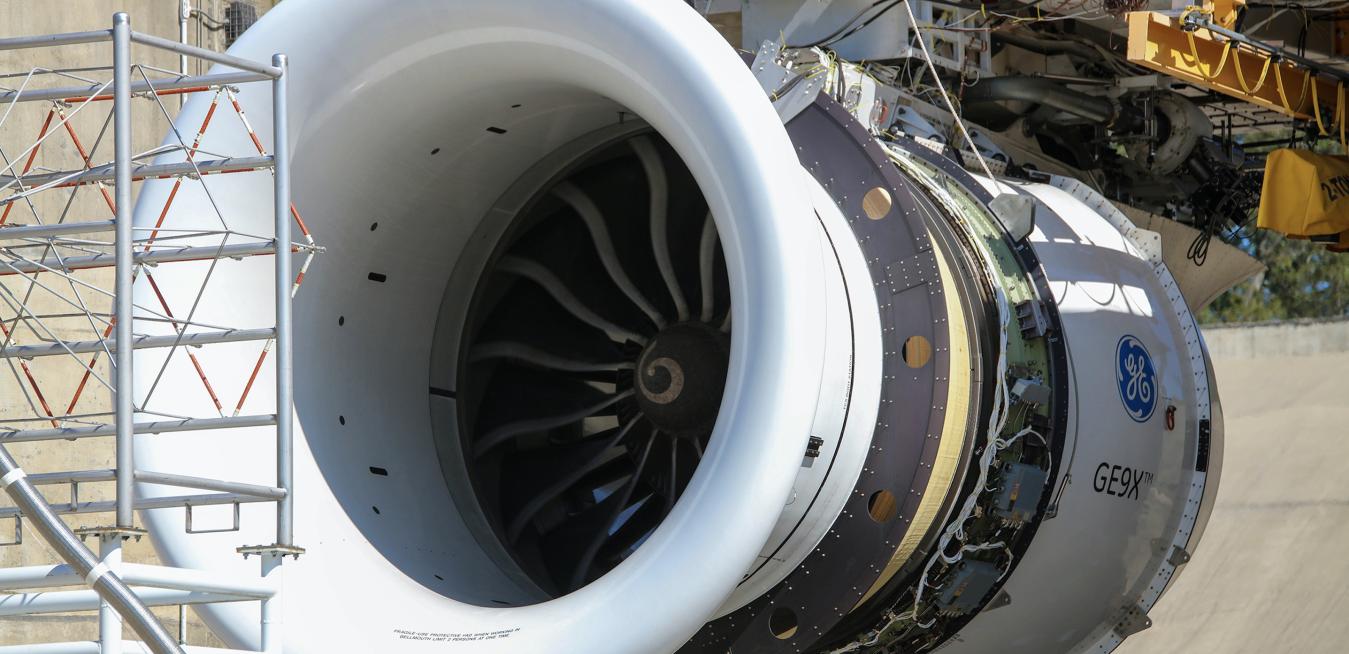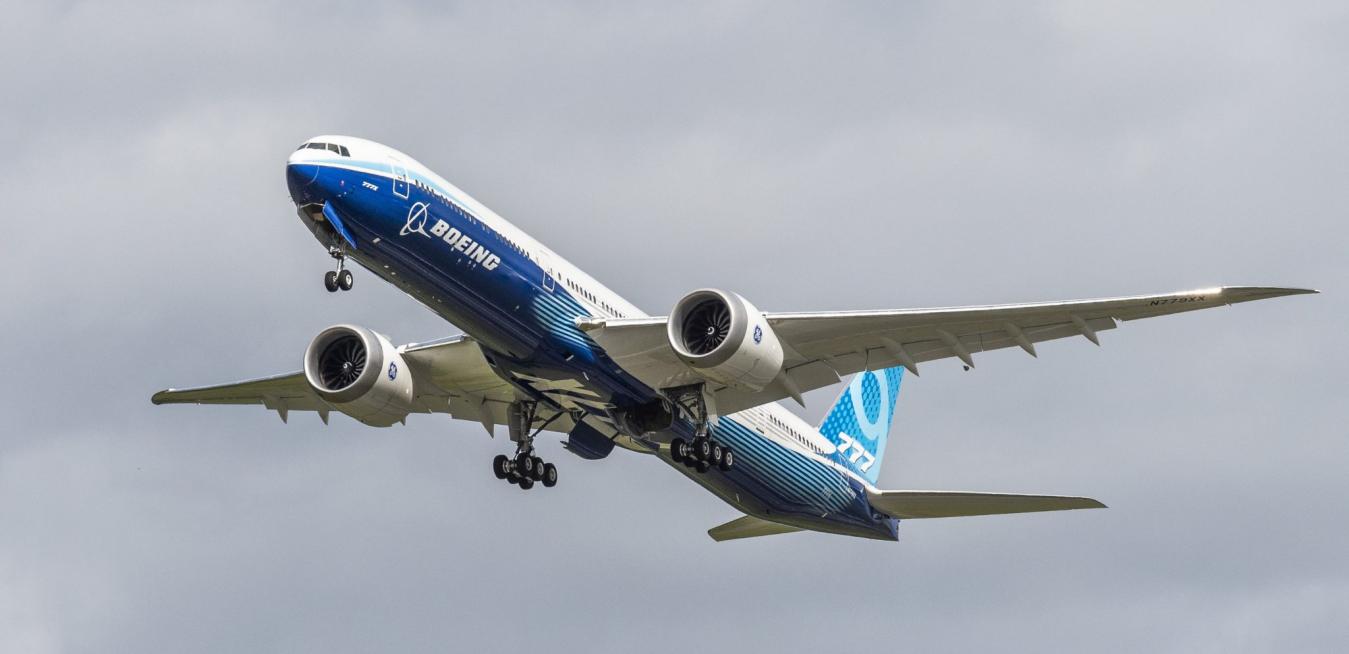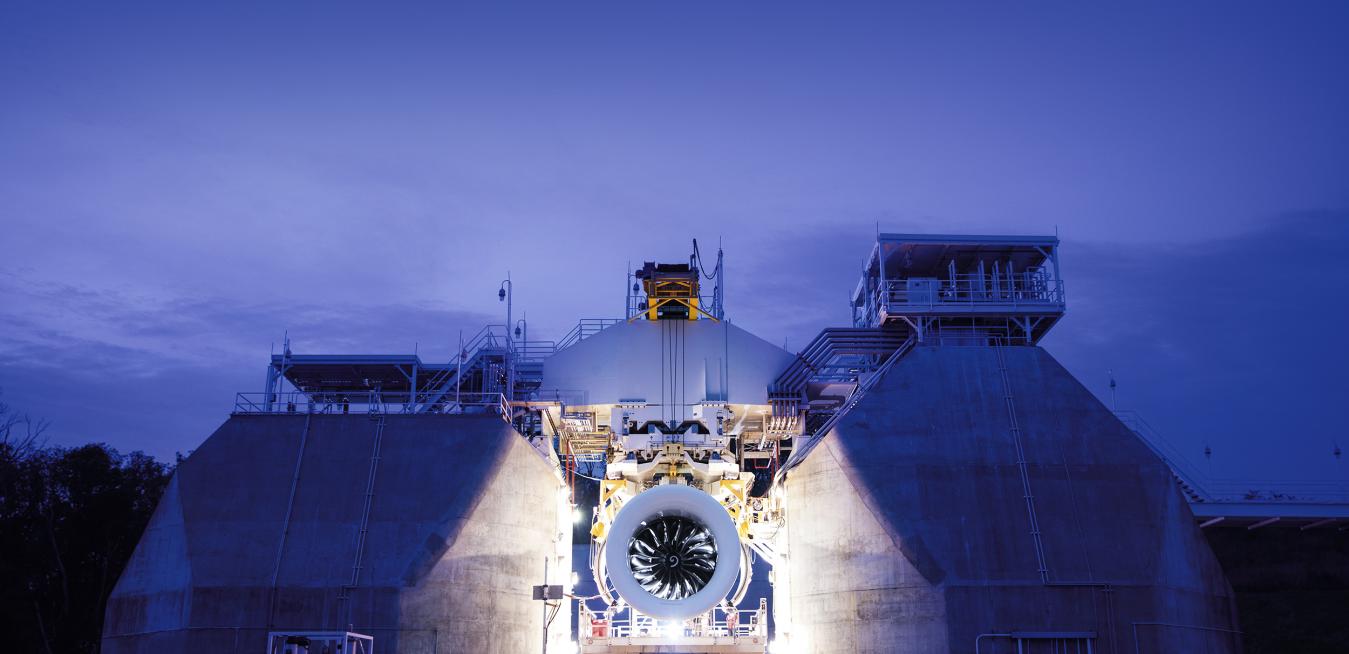Ohio doesn’t get many sandstorms. But an hour east of Cincinnati, on an otherwise sunny day, a dust devil is brewing. Atop a towering scaffold, a row of hoses pumps out dense clouds of powder and grit. They are instantly sucked, like a horizontal tornado, into the spinning fan blades of a jet engine a few feet away.
Over the next 60 seconds, GE’s energy technology, from gas and wind turbines to hydroelectric, will generate enough electricity to supply millions of households for an hour. In that same time, around 30 aircraft equipped with jet engine technology made by GE or one of its partners will take to the skies — one every two seconds.
Vikram Rai remembers well the days when air travel was rare in India. He didn’t fly outside his native India until he was 25. His father’s first time abroad came when he was 48, and his grandfather never left the country. “We had no opportunity to buy a plane ticket back then,” Rai recalls. “There wasn’t much international business in India, and the infrastructure just wasn’t there for affordable air travel.” In the years since, Rai has been instrumental in helping India take to the skies.
When Boeing test pilot Heather Ross brought the aerospace company’s new 777X jet to the Dubai Airshow for its public debut last November, she talked about the plane in interviews and marveled at the quiet power of its engines. “I tell you what, it’s exciting to push the thrust levers up on these engines,” Ross told GE Reports. “You can feel the thrust. A lot of our takeoffs are full-thrust takeoffs, and they generate so much power.
Heather Ross flew Air Force jets in the Gulf War and piloted passenger planes for a major U.S. airline. But nothing compares to the aircraft she’s flying now. In mid-November, she brought to the Dubai Airshow the Boeing 777X, the plane-maker’s latest widebody jet, for its much-anticipated public debut. As deputy chief pilot for the 777X program, Ross is part of the team making sure the jet will be ready to enter service.
At the Dubai Airshow this week, one of the most anticipated sights will be the Boeing 777X, Boeing’s new plane powered by the GE9X, the most powerful jet engine in the world. But thrust is just one of the engine’s many attributes.
The GE9X has only one fan, but that doesn’t stop it from enjoying some serious star power. When GE brought the world’s largest jet engine to the Paris Air Show in 2019, visitors to its chalet mobbed it like a Hollywood actor and just couldn’t stop taking their picture with it.
On April 30, the second Boeing 777X airplane successfully completed its test flight, cruising 2 hours and 58 minutes over Washington state and landing at Seattle’s Boeing Field.
Powered by the GE9X engine, the new 777X is the world’s largest and most efficient twin-engine jet. Boeing flew the first 777X in late January.
The GE9X engine, the largest and most powerful commercial jet engine ever built, is a step closer to full liftoff. GE Aviation recently delivered the first four fully compliant GE9X engines to Boeing’s wide-body plant in Everett, Washington. A pair will take the aircraft maker’s new wide-body passenger jet, the Boeing 777X, to the sky for the first time.
